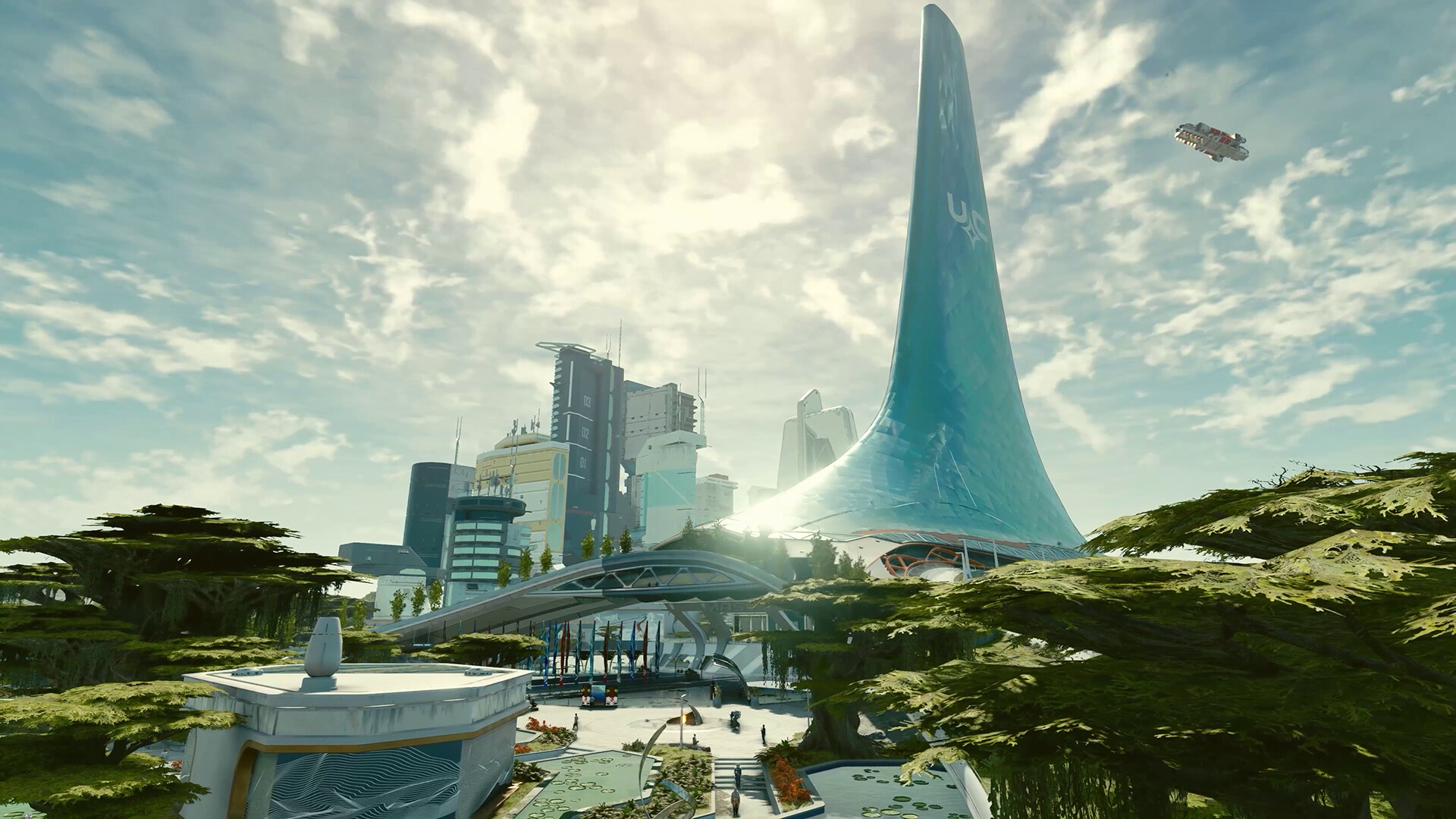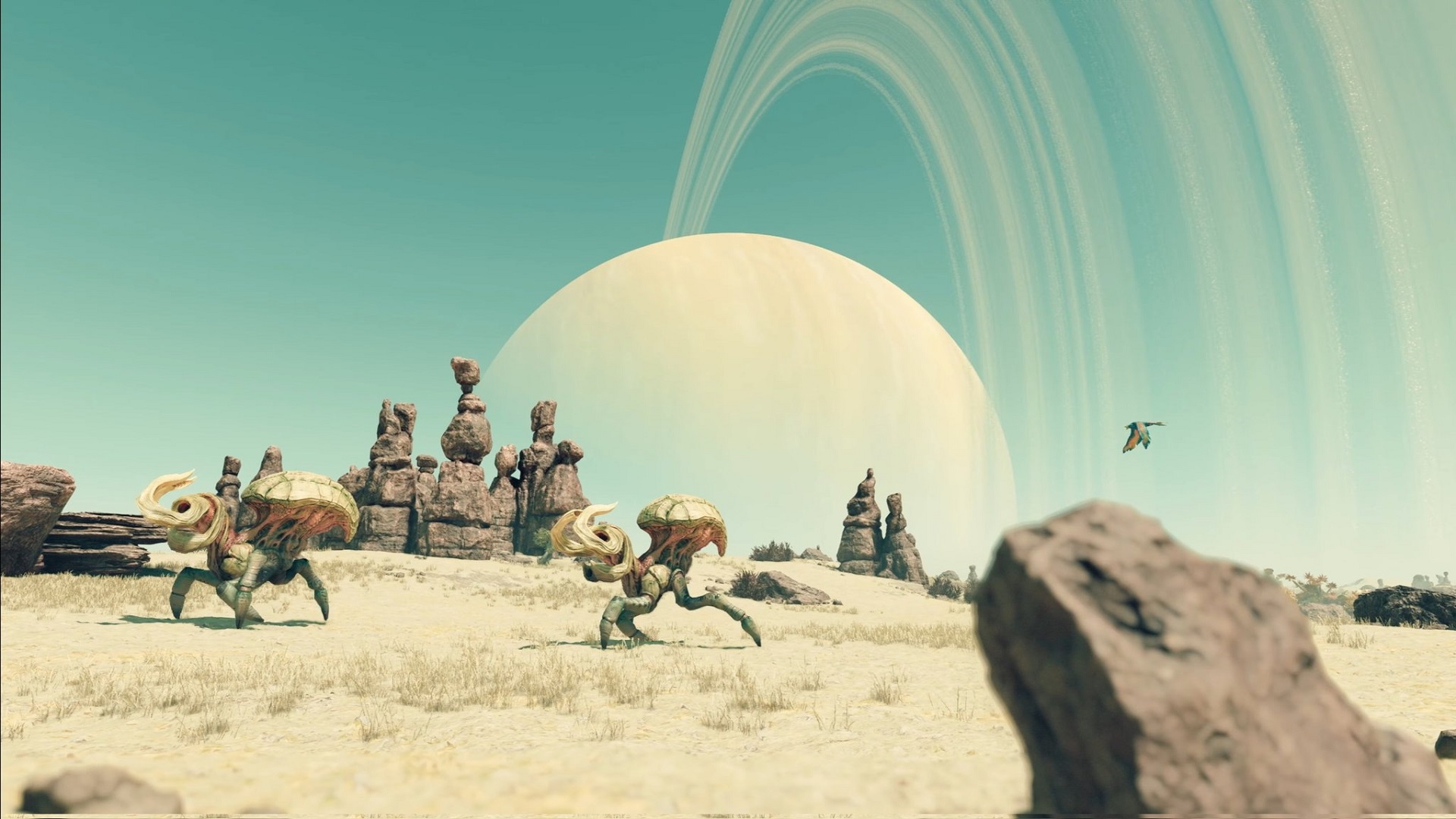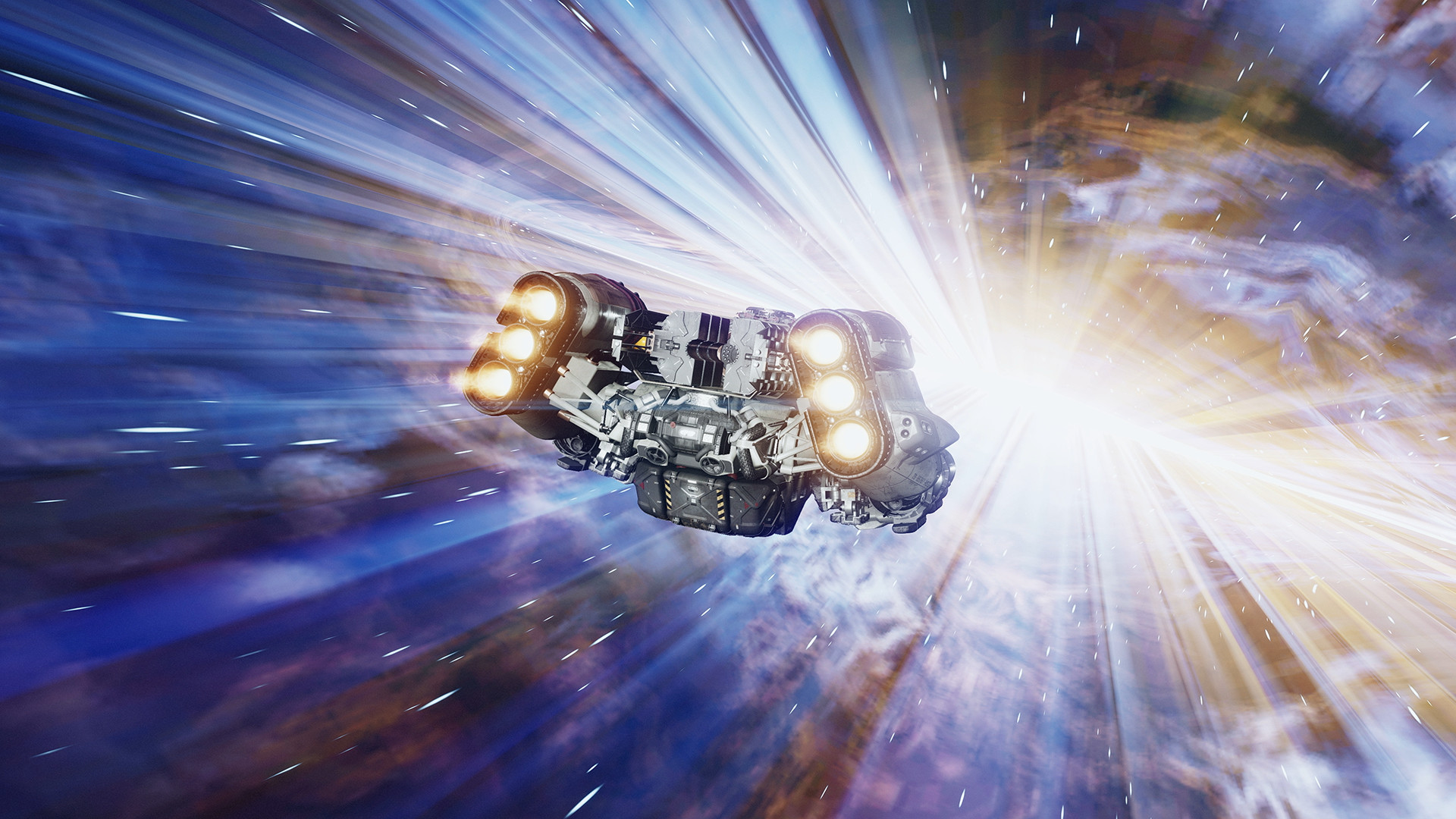Starfield is the most Bethesda game Bethesda has made in a long time, with all of the studio’s tendencies being on full display in every orifice of the sci-fi RPG, and though that does mean that there’s cons to go along with the pros, it’s undeniable that, especially when compared to BGS’ last major single player release in Fallout 4, Starfield represents a huge leap forward for the developer. In more ways than one, the space epic serves as a significant improvement on what Fallout 4 offered, and here, we’re going to take a look at a few key ones that have stood out the most.
DIALOGUE SYSTEM
Let’s start with the obvious one, because it’s fair to say that, for a large portion of the crowd that was disappointed in Fallout 4, its dialogue system was one of its biggest issues. It was that age-old battle between mechanics being streamlined or mechanics being complex, and sadly, the complexity lost out. Dialogue options in Fallout 4 were incredibly limited, which meant the experience ended up losing something that’s always been so crucial to the BGS experience- the feeling that any conversation and any scenario can play out in a multitude of different ways.
Starfield has very much brought that feeling back, and even doubles down on it. The protagonist’s dialogue isn’t voiced, and instead of the dialogue wheel-esque system that Fallout 4 used, BGS has once again implemented the dialogue lists it’s always been known for (which we also saw in Fallout 76’s post-launch content). Thanks to that, Starfield affords a much greater degree of freedom to players in letting them play the way they want to play. Which, incidentally, is the next point we’re going to focus on.
PLAYER FREEDOM
Player freedom and agency has traditionally been paramount in any new RPG being put out by Bethesda Game Studios, but that sort of took a backseat in Fallout 4. Yes, in the most superficial sense of the word, it did provide a great degree of freedom with tackling whatever quest you want to tackle and going wherever you want to go in its vast open world, but true player agency – being able to tackle objectives in a variety of different ways – was significantly de-emphasized.
In Starfield, those who want to avoid combat, for instance, have several other ways to go about tackling objectives- like speech checks are much more useful, and stealth feels significantly more viable. Fallout 4 did present those as options as well, of course, but they never felt as central to the experience as they can in Starfield, and a vast proportion of the game almost always ended up involving combat. This, in particular, is an area where BGS’ newest release makes significant improvements.
RPG MECHANICS

Starfield’s dialogue system is, of course, responsible for its greater emphasis on player freedom in a big way, but it’s not the only thing contributing to that. Something else that feels much more flexible, expansive, and rewarding in Starfield than it did in Fallout 4 is the suite of RPG systems on offer. Though there’s obviously some level of overlap between the two games in what sort of things you can upgrade through the progression mechanics – they’re both still BGS games, after all – build variety feels much more emphasized in Starfield.
Combat builds, stealth builds, speech builds, or even builds that are focused more on ship building and outpost management all feel pretty much equally viable in Starfield. Quests, for instance, account for non-combat builds much better than they did in Fallout 4, which means you have more freedom to play with the build you want to play with, and are consistently rewarded for doing so. On top of all that, thanks to that level of freedom and build variety, there’s also a greater degree of variety on offer in the actual gameplay experience as well.
MAIN STORY AND COMPANIONS
The main story has almost never been the star of the show in any Bethesda RPG, and to be honest, it still isn’t in Starfield. But there’s no doubt that it is one of the more engaging and captivating main stories we’ve seen in a BGS game in a long, long time- certainly when compared to Fallout 4. Yes, the side content and the faction questlines and the open world sandbox are still going to be the primary source of entertainment here, as is traditional for this studio’s games, but Starfield’s story is good enough (especially after you get to a certain point) that it becomes easy to recommend. With Fallout 4, it’s safe to say that that wasn’t exactly the case.
Similarly, companions are much better implemented in Starfield. Of course, opinions on whether you like them more as personalities will vary from person to person – you may, for instance, like Fallout 4’s Nick Valentine and Strong better than Starfield’s Sam Coe and Sarah Morgan – but when it comes to how they’re integreated into the experience, Starfield has the upper leg. Not only do you get to do much deeper into each companion’s past and backstory, they’re also much more organically integrated into the main story, and feel like they have a much more active role to play in the setting.
WORLD VARIETY

Here, Starfield wins through sheer brute force, honestly. Its setting is an entire galaxy encapsulating over a thousand planets that you can travel to, so it’s only natural that there’s going to be much greater diversity in the environments and locations you travel to. To be fair to Fallout 4, this was probably one of its biggest strengths, with its post-apocalyptic setting not only desolate and blasted wastelands, but also rolling hills, dense forests, swamps, beaches, and more.
But Starfield, owing to its very nature, has much more on offer in this area. Its single setting includes the Wild West-style frontier of Akila City, the futuristic cityscape of New Atlantis, the grimy cyberpunk streets of Neon, and so much more. And then on top of that, you add all the hundreds upon hundreds of procedurally generated planets scattered throughout the Settled Systems that can have so many different biomes. On this front, Starfield makes excellent use of its interstellar setting.
VISUALS AND POLISH

Starfield is the most polished a Bethesda RPG has ever been at launch. To be clear, that doesn’t mean it’s a polished game- it’s still got bugs and technical issues of varying degrees of seriousness. But even so, almost none of those issues ever come close to what BGS games have become notorious for over the decades. In terms of pure polish, Starfield is, for the most part, a stable experience, which isn’t something that you could say about Fallout 4.
On the visuals front, meanwhile, it’s a big upgrade once again, though admittedly with some caveats. There’s no shortage of NPCs in this game who look like lifeless robots with dead eyes, sure, but at the same time, from the visually striking environments to the gorgeous lighting to the immense level of detail crammed into every single room you enter, there’s plenty to be impressed by in Starfield as well- much more so than Fallout 4 when it launched, especially.